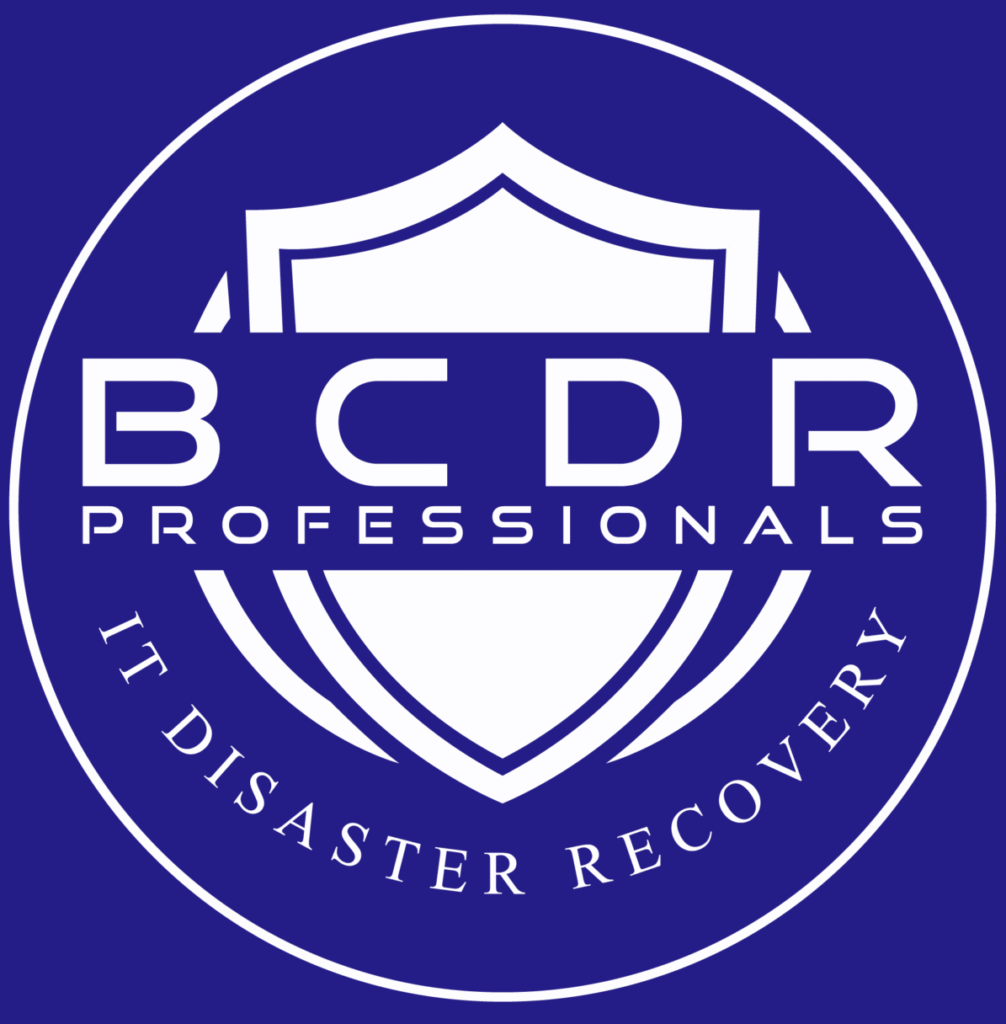When disaster strikes, it doesn’t send a calendar invite.
A sudden server crash, ransomware attack, or data-center outage can stop operations in seconds, and cost millions in minutes. Yet, many businesses only realize how weak their Business Continuity and Disaster Recovery (BCDR) plan is when they need it the most.
In my years of consulting, I’ve seen it repeatedly: companies with solid teams and strong infrastructure crumble under downtime simply because of a few overlooked details.
Let’s uncover those details, so you don’t make the same mistakes.

A BCDR plan isn’t just an IT safety net, it’s a lifeline for your entire business.
Every minute of downtime translates into lost revenue, disrupted communication, and frustrated customers.
According to research from IBM’s Cost of a Data Breach Report, the average cost of an unplanned outage continues to climb each year, proof that proactive planning is no longer optional.
If you’re new to the concept, our previous post What is Business Continuity and Disaster Recovery (BCDR) breaks down how both elements work together to protect your business.
Now, let’s explore the most common mistakes that silently weaken even the most well-structured BCDR plans.
Many organizations treat their BCDR plan like an annual compliance checklist, something to complete once and forget about.
The issue is, businesses evolve: new systems are added, data grows, staff changes, and cloud tools multiply. A plan that’s not revisited regularly becomes outdated fast.
Pro Tip: Treat your BCDR plan as a living strategy. Review and test it quarterly, and after any major operational or technological change.
A disaster recovery plan made in isolation is a disaster waiting to happen.
BCDR is often seen as IT’s responsibility, but recovery touches every department, from HR managing communication, to finance tracking losses, to customer support handling user impact.
Pro Tip: Build a cross-functional response team. Assign roles and run simulated scenarios to ensure everyone knows what to do when systems fail.
Backup ≠ Recovery.
Having backups gives false confidence if they’re never tested. Corrupted files, misconfigurations, or outdated snapshots often show up only during real incidents.
Pro Tip: Schedule routine failover tests. Don’t just restore files, test full recovery processes end-to-end.
With businesses now running workloads across on-premise, cloud, and SaaS platforms, old-style recovery plans can’t keep up.
Most companies still only plan for on-site systems, forgetting cloud dependency, API integrations, and vendor-side outages.
Pro Tip: Include cloud resilience in your BCDR plan, such as multi-region backups, provider SLAs, and clear failover procedures.
The best plan is useless if people don’t know it exists.
During an outage, panic spreads quickly if employees aren’t trained. Communication breakdowns cause confusion, and wrong assumptions delay recovery.
Pro Tip: Conduct regular drills and internal briefings. Train your teams to respond fast and confidently, muscle memory matters in crisis.
Even if your internal systems are bulletproof, third-party services can still bring you down.
A payment gateway outage, hosting provider downtime, or logistics partner failure can halt your operations completely.
Pro Tip: Identify all critical vendors and dependencies. Include them in your risk assessment and define clear backup options or SLAs.
Testing shouldn’t be a yearly exercise, it should be part of your operational rhythm.
Run tabletop exercises, simulate attacks, and evaluate recovery time objectives (RTOs) and recovery point objectives (RPOs). The goal is to keep refining your readiness before real threats hit.
BCDR should align with business goals, customer expectations, and compliance needs.
Make continuity planning part of your company’s core strategy, not an IT side project. This integration ensures leadership commitment and proper resource allocation.
The strongest resilience isn’t built in servers, it’s built in people.
Encourage awareness, responsibility, and communication across departments. When preparedness becomes part of company culture, recovery happens faster and smoother.
Every business faces disruption, it’s not a matter of “if,” but “when.”
The difference between surviving and shutting down often comes down to how well your BCDR plan is designed, tested, and maintained.
Avoiding these mistakes will put your organization ahead of the curve, minimize financial and operational damage, and build lasting trust with your customers.
In the world of continuity and recovery, being proactive isn’t optional, it’s the only strategy that works.
